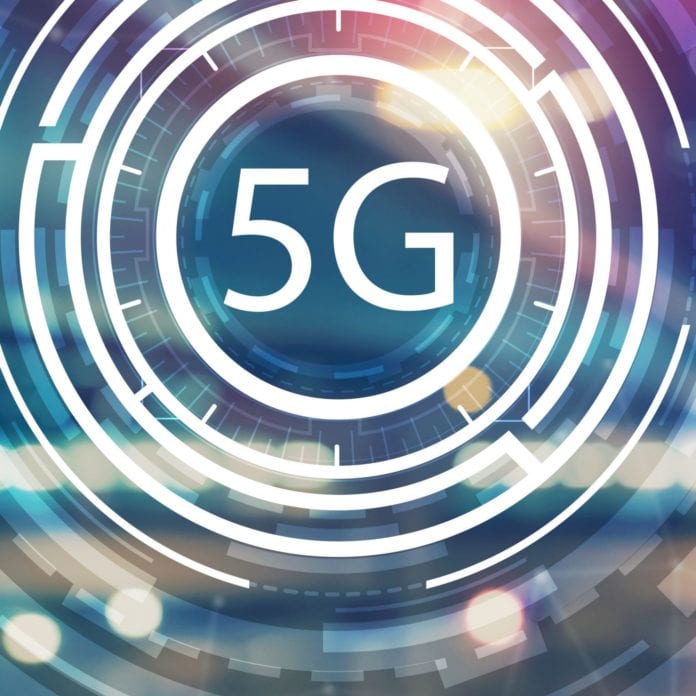Korean operator KT ended 2020 with a total of 3.62 million subscribers in the 5G segment, the telco said in its earnings statement.
In the last quarter of 2020, the KT added around 810,000 5G customers, while total 5G additions for full 2020 amounted to 2.2 million.
The telco highlighted that 5G customers accounted for 25% of total handset customers by the end of the last quarter of 2020.
In a conference call with investors, KT’s CFO Kyung-Keun Yoon told reporters the company ended last year with a 5G coverage in 85 regions across the country.
“Now for 2021, basically we will be expanding the 5G coverage nationwide. And also, we will complete the coverage for the subways as well. And when it comes to in-building coverage, we will focus on locations where multiple people are using the network. That will be our focus for improving and increasing our coverage,” the executive said.
“We had introduced a high-end 5G rate plan. And that successfully converted the LTE users’ inflow into 5G, but there are also a group of subscribers using the low-end LTE rate plan and we wanted to attract them. Hence, we decided to launch the 5G mid- to low-end rate plan,” the executive said.
“We believe that with the launch of this mid- to low-end 5G rate plan we will be able to further grow the subscriber as well as ARPU for 5G,” he added.
South Korea ended 2020 with 11.85 million 5G subscribers, local news agency Yonhap reported, citing data from the Ministry of Science and ICT.
In December 2020, Korean operators added approximately 900,000 5G subscribers.
The country’s current 5G base accounted for 16.8% of the total 70.5 million mobile network subscriptions in the country at end-December.
The country’s three operators launched 5G technology in April 2019, and 5G networks are available mostly in large cities.
South Korean telecom operators currently support non-standalone 5G, which uses previous 4G LTE network.
Local mobile carriers SK Telecom, KT Corp. and LG Uplus are currently preparing to commercialize new technology, such as standalone versions of the 5G networks and millimeter wave 5G.
The mmWave 5G service will be initially available for the business-to-business segment. Operators have not yet finalized investment plans for the business-to-consumer sector, as the cost of building additional infrastructure still represents a major issue, according to the reports.

